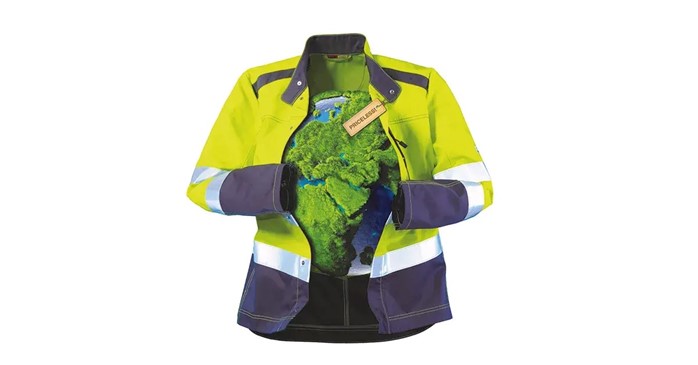
In an era where environmental consciousness is at the forefront of global conversations, industries are increasingly embracing sustainable practices, and the safety clothing sector is no exception. The intersection of sustainability and safety clothing marks a pivotal moment, where eco-friendly innovations are reshaping the way we protect workers while minimizing environmental impact.
Eco-Friendly Materials:
Traditional safety clothing often relies on synthetic materials that contribute to environmental pollution. The shift towards sustainability involves the adoption of eco-friendly materials such as organic cotton, recycled polyester, and bamboo fibers. These alternatives not only reduce the reliance on non-renewable resources but also mitigate the carbon footprint associated with the production of safety gear.
Circular Economy and Recycling Initiatives:
A cornerstone of sustainable safety clothing is the implementation of circular economy principles. Manufacturers are increasingly adopting recycling initiatives, allowing used safety clothing to be collected, processed, and transformed into new products. This not only reduces the amount of waste ending up in landfills but also promotes a closed-loop system where materials are continuously reused.
Energy-Efficient Manufacturing:
Sustainable safety clothing extends beyond material choices to encompass the entire manufacturing process. Companies are investing in energy-efficient production methods, utilizing renewable energy sources, and optimizing water consumption. By minimizing the environmental impact of manufacturing, these initiatives contribute to a more sustainable and responsible industry.
Durable Designs and Longevity:
Sustainability in safety clothing is not only about the materials but also about designing durable, long-lasting products. Creating robust safety gear ensures a longer lifespan, reducing the frequency of replacements and minimizing the overall environmental footprint. Durability not only benefits the planet but also enhances the economic efficiency of safety clothing by reducing the need for constant re-purchasing.
Biodegradable Components:
Innovations in material science have paved the way for the development of safety clothing with biodegradable components. This ensures that, at the end of its lifecycle, the gear can naturally break down without leaving a lasting environmental impact. From buttons to zippers, incorporating biodegradable elements adds another layer to the sustainability of safety clothing.
Certifications and Standards:
The rise of sustainability in safety clothing is accompanied by the emergence of certifications and standards that validate a product’s eco-friendly claims. Certifications such as Global Organic Textile Standard (GOTS) and OEKO-TEX® ensure that safety clothing meets stringent environmental and social criteria. These certifications provide consumers and businesses with the confidence that they are making environmentally responsible choices.
The integration of sustainability into safety clothing represents a positive evolution in the industry, aligning safety practices with environmental stewardship. As companies embrace eco-friendly materials, circular economy principles, energy-efficient manufacturing, and biodegradable components, the future of safety clothing looks greener and more responsible. By choosing sustainable safety clothing, businesses not only protect their workforce but also contribute to a healthier planet for generations to come.

